-
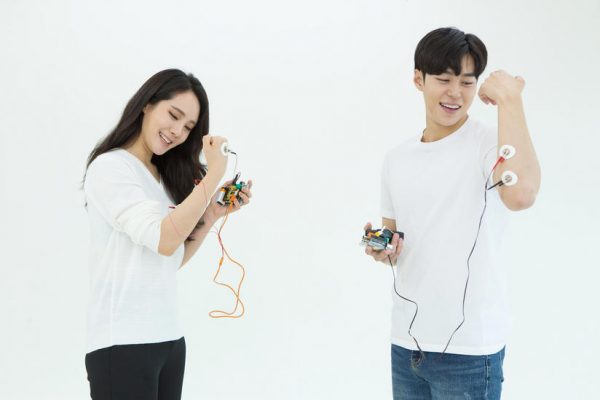 HardwarePicture this: you’re sitting in your bedroom in Germany, video chatting with a friend in South Korea over coffee. You sip your coffee and they have no choice but to sip theirs! That’s exactly what our new prototype, the Wireless Human-Human Interface, is about. It transmits biosignals from one person’s brain to the ulnar nerve in […]
HardwarePicture this: you’re sitting in your bedroom in Germany, video chatting with a friend in South Korea over coffee. You sip your coffee and they have no choice but to sip theirs! That’s exactly what our new prototype, the Wireless Human-Human Interface, is about. It transmits biosignals from one person’s brain to the ulnar nerve in […] -
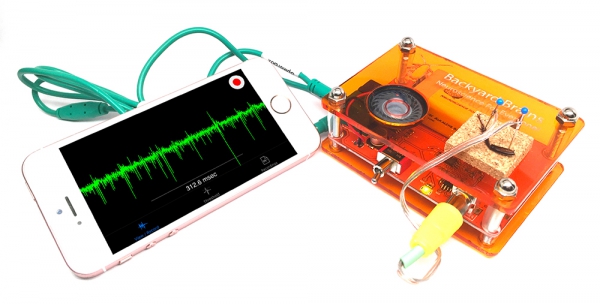 BizHow the SpikerBox Revolutionized K12 STEM Education… and just what is a SpikerBox? Backyard Brains exists today because of a once-lofty goal: To turn a $40,000+ rack of graduate-level electronics into a $100 kit that students could use in the classroom to perform real, hands-on neuroscience experiments. A decade later, we have developed four lines of products […]
BizHow the SpikerBox Revolutionized K12 STEM Education… and just what is a SpikerBox? Backyard Brains exists today because of a once-lofty goal: To turn a $40,000+ rack of graduate-level electronics into a $100 kit that students could use in the classroom to perform real, hands-on neuroscience experiments. A decade later, we have developed four lines of products […] -
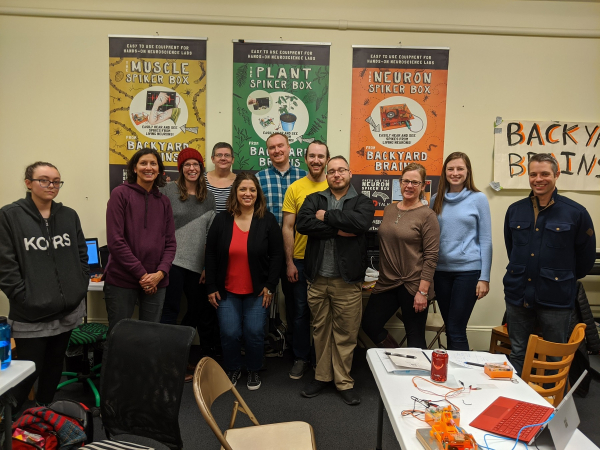 BizFollowing the previous success of our 3-day Teacher Training workshop at the end of the 2019 Calendar Year – we decided to kick-off 2020 with a free workshop for educators, open to all! So we set a date… Jan 31st, shot out some emails, and hoped we wouldn’t be eating bagels and cream cheese alone in […]
BizFollowing the previous success of our 3-day Teacher Training workshop at the end of the 2019 Calendar Year – we decided to kick-off 2020 with a free workshop for educators, open to all! So we set a date… Jan 31st, shot out some emails, and hoped we wouldn’t be eating bagels and cream cheese alone in […] -
 EducationMusic is a passion, an art, a science, but maybe most importantly… music is fun! Variations of “electronic instruments” can be traced back as early as the late 1700s, but it is no exaggeration to say that the biggest breakthrough was the invention of Synthesizers in the 1950s. This marriage of music and electrical engineering […]
EducationMusic is a passion, an art, a science, but maybe most importantly… music is fun! Variations of “electronic instruments” can be traced back as early as the late 1700s, but it is no exaggeration to say that the biggest breakthrough was the invention of Synthesizers in the 1950s. This marriage of music and electrical engineering […] -
 FellowshipHi, I’m Ben. I just graduated high school and am planning on going to Michigan State University in the fall. I ran cross country and track and swam for my high school, but have decided to stop to focus on my studies. I am also an Eagle Scout and love to backpack or canoe when […]
FellowshipHi, I’m Ben. I just graduated high school and am planning on going to Michigan State University in the fall. I ran cross country and track and swam for my high school, but have decided to stop to focus on my studies. I am also an Eagle Scout and love to backpack or canoe when […] -
 EducationHey, Zach here with another songbird identifier update! Since the last post, I have been busy testing the prototype device by taking bird recordings in various locations. After this week I will be taking a short break before resuming work on the project with the rest of the songbird team in the coming semester. Right […]
EducationHey, Zach here with another songbird identifier update! Since the last post, I have been busy testing the prototype device by taking bird recordings in various locations. After this week I will be taking a short break before resuming work on the project with the rest of the songbird team in the coming semester. Right […] -
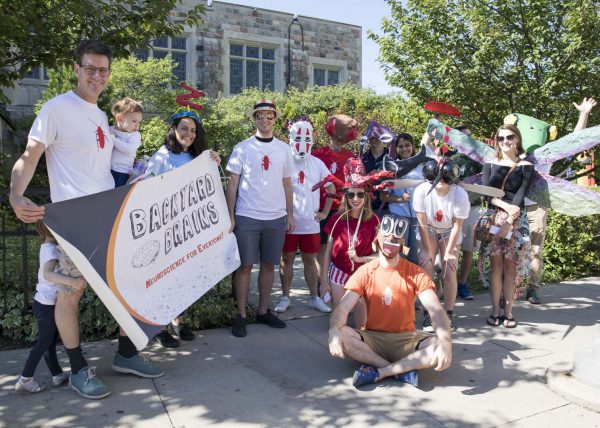 EducationOver 11 sunny Ann Arbor weeks, our research fellows worked hard to answer their research questions. They developed novel methodologies, programmed complex computer vision and data processing systems, and compiled their experimental data for poster, and perhaps even journal, publication. But, alas and alack… all good things must come to an end. Fortunately, in research, […]
EducationOver 11 sunny Ann Arbor weeks, our research fellows worked hard to answer their research questions. They developed novel methodologies, programmed complex computer vision and data processing systems, and compiled their experimental data for poster, and perhaps even journal, publication. But, alas and alack… all good things must come to an end. Fortunately, in research, […] -
 EducationHello again my faithful viewers, and thanks for tuning in for another exciting octopus themed blog post. As always I am your host Ilya Chugunov, but today I’ve come with sad news; all good things must come to an end, and this marks the end of my summer research here with Backyard Brains. Now’s a […]
EducationHello again my faithful viewers, and thanks for tuning in for another exciting octopus themed blog post. As always I am your host Ilya Chugunov, but today I’ve come with sad news; all good things must come to an end, and this marks the end of my summer research here with Backyard Brains. Now’s a […] -
 EducationWow, what a summer!!! I have some exciting news to report…I didn’t get bit by ONE mosquito all summer!!! Just kidding, my project is a little more exciting than that! I did it! I successfully put together and executed a project that I was a little iffy about back in May, and developed a new-found […]
EducationWow, what a summer!!! I have some exciting news to report…I didn’t get bit by ONE mosquito all summer!!! Just kidding, my project is a little more exciting than that! I did it! I successfully put together and executed a project that I was a little iffy about back in May, and developed a new-found […] -
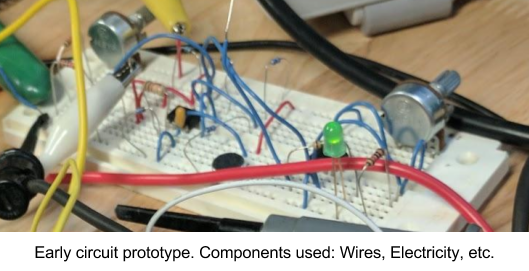 EducationHey there! Zach here with the Songbird Identification project for a quick update. Since the last post, I’ve been hard at work creating a prototype device to listen for and record songbirds. I began by creating a small circuit using a microphone and amplifier chip. This acts as a sound recorder and also includes circuitry […]
EducationHey there! Zach here with the Songbird Identification project for a quick update. Since the last post, I’ve been hard at work creating a prototype device to listen for and record songbirds. I began by creating a small circuit using a microphone and amplifier chip. This acts as a sound recorder and also includes circuitry […] -
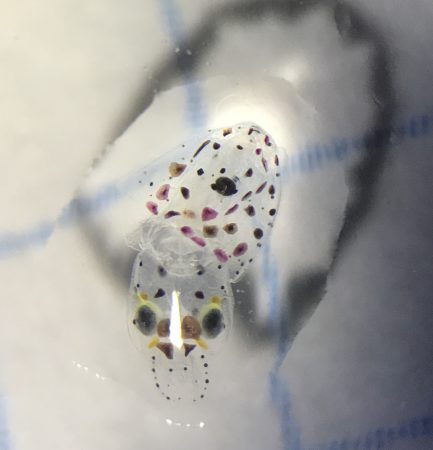 EducationIntroduction to the project … Hi, everyone! Last week marked the halfway point of my time as a fellow here at Backyard Brains! Recently, I’ve succeeded in building a rig and recording video footage of my Squid Hatchlings! I’m excited because it means I can start gathering quantifiable data! The squiddos have kept me pretty busy during these weeks, […]
EducationIntroduction to the project … Hi, everyone! Last week marked the halfway point of my time as a fellow here at Backyard Brains! Recently, I’ve succeeded in building a rig and recording video footage of my Squid Hatchlings! I’m excited because it means I can start gathering quantifiable data! The squiddos have kept me pretty busy during these weeks, […] -
EducationHappy Memorial day! We hope that you are enjoying yourself on this day of remembrance. The 2017 fellows have survived their first, grueling week… their days were packed with excitement, learning, and planning! They’ve got a lot of work to do developing their research projects over the next several weeks, but this first week was a […]